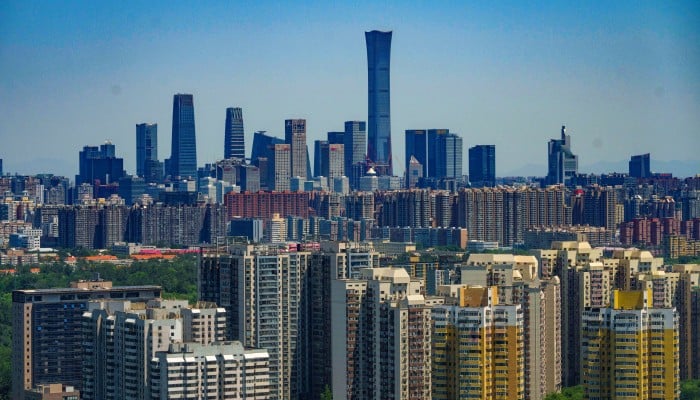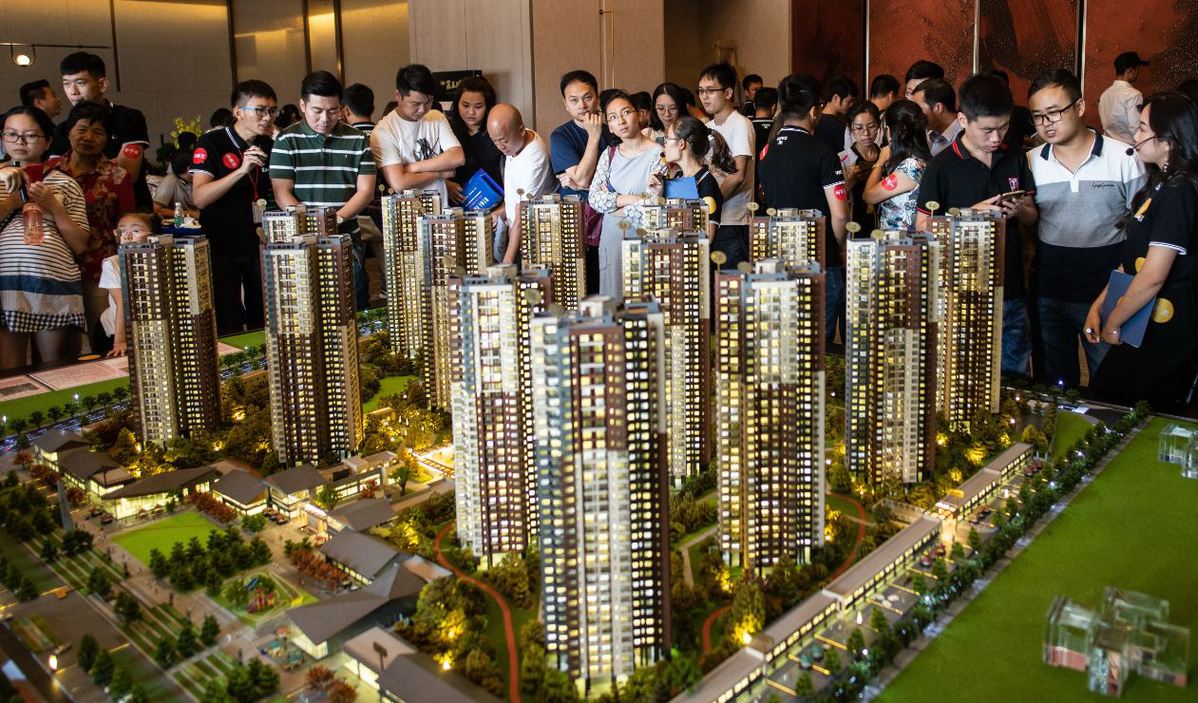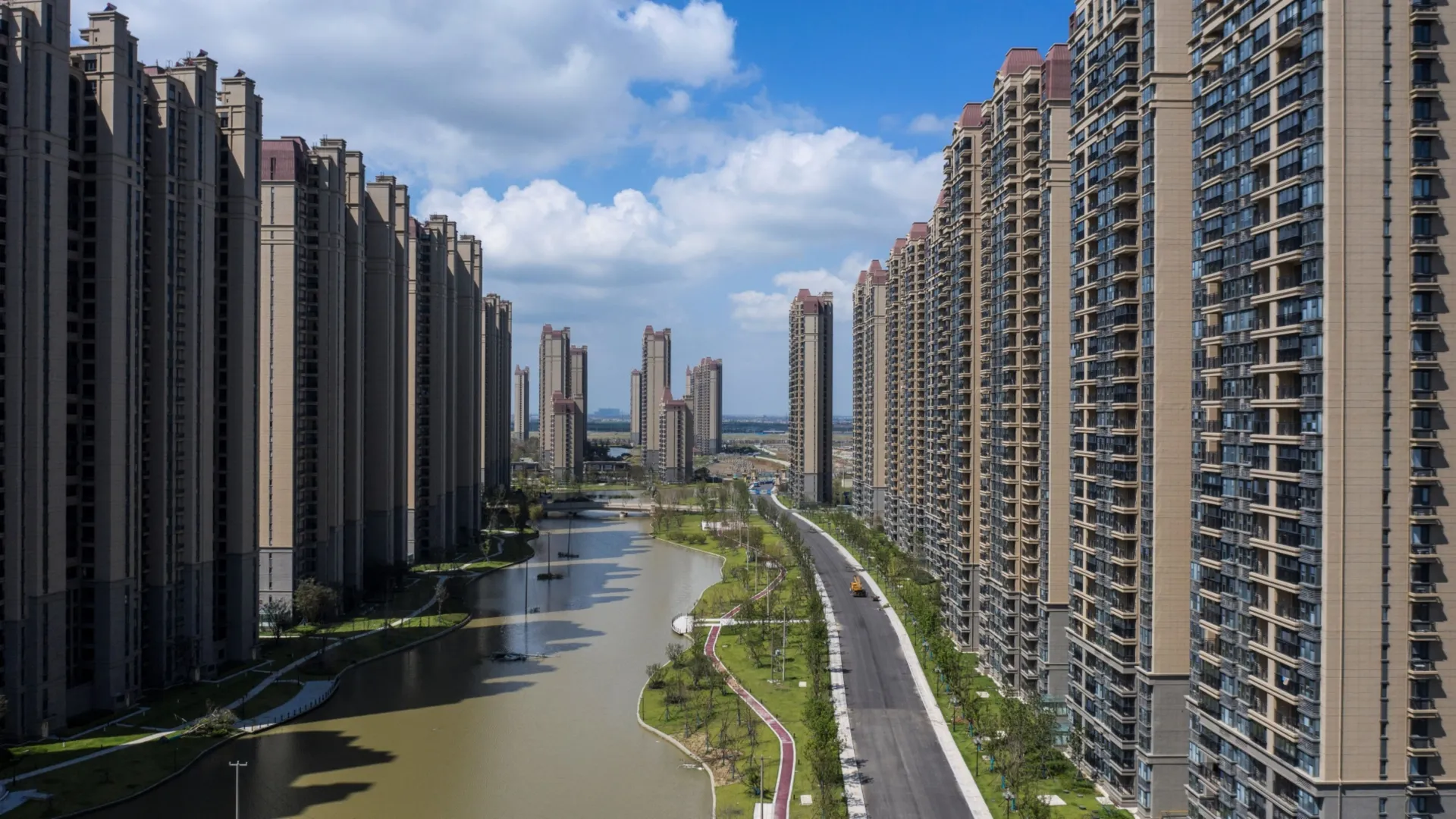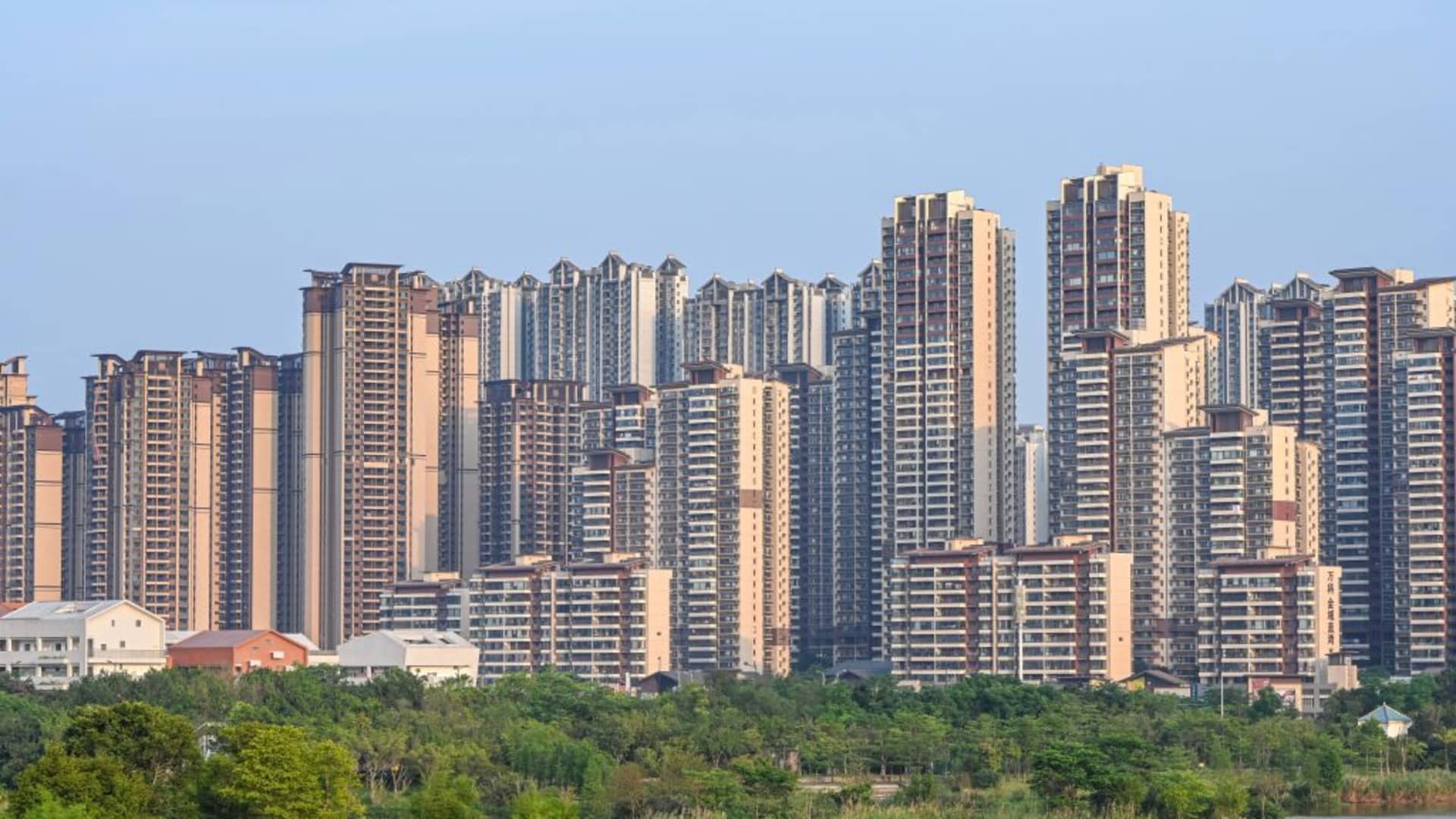China’s real estate market has been a rollercoaster ride for decades, once fueling the country’s meteoric economic rise but now grappling with a prolo
nged slowdown. If you’ve been watching the news, you’ve likely heard whispers of stabilization—maybe even cautious optimism—but don’t expect the high-flying growth of the early 2000s to make a comeback. In this deep dive, I’ll unpack the current state of China’s property sector, explore why it’s unlikely to return to its former glory, and highlight what’s driving cautious improvements. Drawing from recent data, expert insights, and a sprinkle of personal perspective, this article will guide you through the complexities of a market that’s still critical to China’s economy—and the world’s.
A Brief History: From Boom to Bust
China’s real estate sector was once the golden goose of its economy, contributing up to 20–30% of GDP during its peak. Developers like Evergrande and Country Garden built empires on cheap credit, soaring home prices, and a cultural obsession with property ownership. I remember visiting Shanghai in 2015, marveling at the skyscrapers sprouting like bamboo shoots after a spring rain. But the party couldn’t last forever. By 2020, Beijing’s “three red lines” policy cracked down on excessive developer borrowing, triggering a liquidity crisis that sent giants like Evergrande into default.
Why the Bubble Burst
The sector’s overreliance on debt, coupled with speculative buying, created a bubble. When the government tightened the screws, developers couldn’t refinance, and homebuyers grew wary of unfinished projects. Add in demographic shifts—like an aging population and declining birth rates—and demand for new homes started to wane.
Current State: Green Shoots Amid the Rubble
As of mid-2025, there are signs the market is stabilizing, but it’s a far cry from the high-growth era. According to the National Bureau of Statistics (NBS), new home prices in March 2025 showed a year-on-year decline of 2.8% in first-tier cities, an improvement from prior months. Sales volumes are also ticking up, thanks to policy interventions like relaxed mortgage rates and the “whitelist” program, which funnels loans to stalled projects. But don’t pop the champagne yet—analysts predict full stabilization won’t hit until late 2026.
Policy Shifts Driving Change
Beijing’s been pulling out all the stops to stabilize the sector. In October 2024, the government announced a RMB 4 trillion expansion of the whitelist program to complete stalled projects. They’ve also eased purchase restrictions in major cities and introduced subsidies for first-time buyers. These moves are starting to thaw the market, but consumer confidence is still shaky—nobody wants to buy a home from a developer who might go belly-up.
The Numbers Tell the Story
Here’s a snapshot of where things stand in 2025:
| Metric | 2024 | 2025 (Q1) | Change |
|---|---|---|---|
| New Home Price Decline (YoY) | -4.5% | -2.8% | Improved |
| Property Investment (YoY) | -10.3% | -8.5% | Narrowing |
| Sales by Top 100 Developers | -28.1% | -20.4% | Recovering |
| Unsold Inventory (Million sqm) | 650 | 620 | Decreasing |
Data sourced from NBS and CREIS, 2025.
Why High-Growth Days Are Over
The era of double-digit price surges is likely gone for good, and here’s why. First, the government’s mantra—“houses are for living, not speculation”—has reshaped the market. Policies now prioritize affordability over profiteering, capping price growth. Second, structural issues like oversupply (think ghost cities) and a shrinking population mean demand won’t rebound to pre-crisis levels. Finally, developers are shifting to a low-leverage, high-quality model, focusing on sustainable projects rather than rapid expansion.
The Role of Demographics
China’s aging population is a game-changer. With fewer young buyers entering the market and urbanization slowing, the demand for new homes is structurally lower. I spoke to a friend in Beijing who’s delaying homeownership because “renting makes more sense with my job uncertainty.” This shift toward renting, especially among millennials, is fueling growth in build-to-rent and multi-family housing.
Oversupply: The Ghost City Problem
Lower-tier cities are drowning in unsold homes. In 2024, inventory levels hit 650 million square meters, enough to house millions. The government’s urban renewal programs aim to repurpose this stock for affordable housing, but it’s a slow process. I recall driving through a “ghost city” in Henan a few years back—rows of empty towers felt eerie, like a movie set abandoned mid-shoot.
Opportunities in a Stabilizing Market
Despite the challenges, there are glimmers of opportunity. State-owned developers are snapping up land at bargain prices, and some Western firms see potential in niche areas like green tech upgrades or high-end rentals. For investors with a stomach for risk, partnering with state-owned enterprises (SOEs) could be a safer bet.
Pros and Cons of Investing in China’s Real Estate in 2025
Pros:
- Policy Support: Government interventions like whitelist loans and relaxed restrictions signal commitment to stabilization.
- Niche Opportunities: Green tech, logistics facilities, and high-end rentals offer growth potential.
- Urban Renewal: Redevelopment projects in major cities could boost demand for modernized housing.
Cons:
- High Risk: Political and currency risks deter foreign investors.
- Slow Recovery: Full stabilization may take until 2027, with no guarantee of high returns.
- Consumer Confidence: Homebuyers remain cautious, limiting demand.
Comparison: China vs. Global Real Estate Markets
How does China’s market stack up against others? Let’s compare:
| Region | Growth Potential | Key Challenges | Policy Support |
|---|---|---|---|
| China | Low to Moderate | Oversupply, debt, low confidence | High (e.g., whitelist, subsidies) |
| United States | Moderate | High interest rates, affordability | Moderate (tax incentives) |
| Europe | Low | Energy costs, regulatory hurdles | High (green initiatives) |
| Southeast Asia | High | Infrastructure gaps | Moderate (FDI incentives) |
China’s heavy policy intervention gives it an edge in stabilizing the market, but its structural challenges—like oversupply and demographics—cap growth compared to emerging markets like Southeast Asia.
People Also Ask (PAA)
Here are some common questions from Google’s PAA section, answered concisely:
What is causing China’s real estate crisis?
The crisis stems from excessive developer debt, tightened regulations (e.g., three red lines), declining demand due to demographics, and a speculative bubble bursting.
Is China’s property market recovering in 2025?
Yes, there are signs of stabilization, with narrowing price declines and modest sales growth, but a full recovery isn’t expected until 2026–2027.
Can I invest in China’s real estate market now?
Opportunities exist in niche areas like green tech or rentals, but high risks (political, currency) require careful due diligence. Partnering with SOEs may reduce risk.
Where can I get reliable data on China’s property market?
Check the National Bureau of Statistics (NBS), China Real Estate Index System (CREIS), or reports from S&P Global and Fitch Ratings for accurate insights.
Navigating the Market: Practical Tips
For those looking to engage with China’s real estate sector, here’s how to approach it:
- Informational: Understand the market’s structural shift. Read reports from S&P Global or IMF for deep dives into trends.
- Navigational: Source data from trusted platforms like NBS or CREIS. For real-time updates, follow analysts on X, but verify claims against primary sources.
- Transactional: If investing, focus on high-tier cities (e.g., Shanghai, Beijing) or niche sectors like sustainable upgrades. Tools like Bloomberg Terminal can help track market trends.
FAQ Section
Q: Will China’s real estate market crash in 2025?
A: A full crash is unlikely due to government interventions, but the sector faces ongoing challenges like oversupply and low confidence. Stabilization is expected by late 2026.
Q: Why isn’t China’s property market growing like before?
A: Policies curbing speculation, demographic shifts, and a focus on sustainable development have capped high-growth potential. The market is pivoting to quality over quantity.
Q: Are there safe investment opportunities in China’s real estate?
A: Niche areas like green tech and rentals offer potential, but risks remain high. Partnering with state-owned developers can mitigate some uncertainties.
Q: How does the whitelist program work?
A: The whitelist program directs bank loans to approved housing projects to ensure completion, boosting buyer confidence. It’s been expanded to RMB 4 trillion in 2024.
Q: What’s the impact of the real estate slowdown on China’s economy?
A: The slowdown has shaved 2% off GDP growth, strained local government revenues, and dented consumer confidence, but new industries like tech are filling some gaps.
The Road Ahead: A Cautious Optimism
China’s real estate sector is at a crossroads. The days of breakneck growth are behind us, replaced by a focus on stability and sustainability. I think of my cousin in Guangzhou, who finally bought a modest apartment in 2024 after years of renting—not because prices skyrocketed, but because subsidies made it affordable. That’s the new reality: a market that’s less about speculation and more about meeting real needs. While challenges like oversupply and debt linger, Beijing’s aggressive policies are laying the groundwork for a slow but steady recovery. For investors, developers, and homebuyers, the key is patience—China’s property market isn’t dead, but it’s definitely not the wild west anymore.
By staying informed, leveraging trusted data, and focusing on emerging opportunities, you can navigate this evolving landscape. Whether you’re eyeing a rental property in Shanghai or just curious about global markets, China’s real estate story is one to watch—just don’t expect a Hollywood-style comeback.



